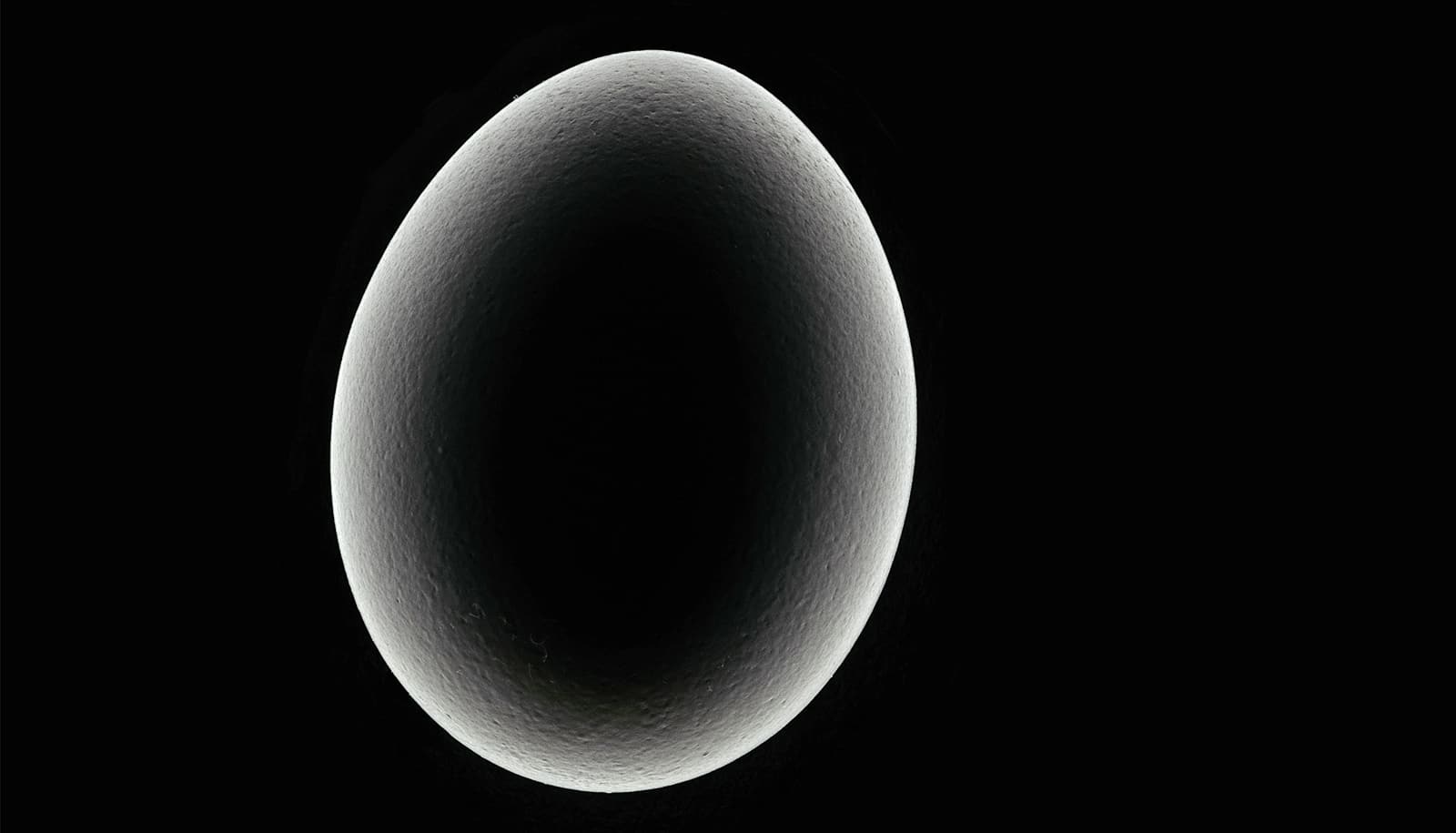Researchers have identified a temperate exoplanet as a promising super-Earth ice or water world.
The planet, LHS 1140 b, is located about 48 light-years away in the constellation Cetus. It emerges as one of the most promising habitable zone exoplanet candidates known, potentially harboring an atmosphere and even a liquid water ocean.
Data from the James Webb Space Telescope were collected in December 2023 and added to previous data from other space telescopes Spitzer, Hubble, and TESS to solidify this result.
“This is the first time we have ever seen a hint of an atmosphere on a habitable zone rocky or ice-rich exoplanet. Detecting atmospheres on small, rocky world[s] is a major goal from JWST, but these signals are much harder to see than for giant planet atmospheres,” says Ryan MacDonald, a fellow in the University of Michigan’s astronomy department who was key in the analysis of LHS 1140 b’s atmosphere.
“LHS 1140 b is one of the best small exoplanets in the habitable zone capable of supporting a thick atmosphere, and we might just have found evidence of air on this world.”
LHS 1140 b, an exoplanet orbiting a low-mass red dwarf star roughly one-fifth the size of the sun, has captivated scientists due to it being one of the closest exoplanets to the solar system that lies within its star’s habitable zone. Exoplanets found in this “Goldilocks Zone” have temperatures that would allow water to exist on them in liquid form, a crucial element for life as we know it on Earth.
One of the critical questions about LHS 1140 b was whether it is a mini-Neptune type exoplanet or a super-Earth—a rocky or water-rich planet larger than Earth.
“Of all currently known temperate exoplanets, LHS 1140 b could well be our best bet to one day indirectly confirm liquid water on the surface of an alien world beyond our solar system,” says Charles Cadieux, lead author of the paper and a doctoral student at Université de Montréal.
“This would be a major milestone in the search for potentially habitable exoplanets.”
Analysis of the team’s observations strongly excluded the mini-Neptune scenario, with evidence suggesting the exoplanet LHS 1140 b is a super-Earth that may even have a nitrogen-rich atmosphere like that of Earth’s. However, the team cautions that additional observations with JWST observations will be necessary to confirm the signature of nitrogen gas.
Estimates based on all accumulated data reveal that LHS 1140 b is less dense than expected for a rocky planet with an Earth-like composition, suggesting that 10 to 20% of its mass may be composed of water. This discovery points to LHS 1140 b being a compelling candidate water world, likely resembling a snowball or ice planet with a potential liquid ocean at the sub-stellar point, or the area of the planet’s surface that would always be facing the system’s host star due to the planet’s synchronous rotation (much like the Earth’s moon).
MacDonald conducted the atmospheric retrieval analysis that suggests LHS 1140 b has a nitrogen-rich atmosphere, potentially similar to the Earth’s atmosphere, which is 78% nitrogen. While it is still only a tentative result, the presence of a nitrogen-rich atmosphere would suggest the planet has retained a substantial atmosphere, creating conditions that might support liquid water.
This discovery favors the water world/snowball scenario as the most plausible. Current models indicate that if LHS 1140 b has an Earth-like atmosphere, it would be a snowball planet with a bull’s-eye ocean about 4,000 kilometers (about 2485.5 miles) in diameter, equivalent to half the surface area of the Atlantic Ocean. The surface temperature at the center of this alien ocean could even be a comfortable 20 degrees Celsius (68 degrees Fahrenheit).
LHS 1140 b’s potential atmosphere and favorable conditions for liquid water make it an exceptional candidate for future habitability studies. This planet provides a unique opportunity to study a world that could support life, given its position in the habitable zone and the likelihood of having an atmosphere that can retain heat and support a stable climate.
“This is our first tantalizing glimpse of an atmosphere on a super Earth in the habitable zone. Compared to other known habitable zone exoplanets, such as those in the TRAPPIST-1 system, the star LHS 1140 appears to be calmer and less active, making it significantly less challenging to disentangle LHS 1140 b’s atmosphere from stellar signals caused by starspots,” MacDonald says.
“Our initial reconnaissance of LHS 1140 b with JWST has revealed this to be perhaps the best habitable zone exoplanet currently known for atmospheric characterization. While we need more JWST observations to confirm the nitrogen-rich atmosphere, and to search for other gases, this is a very promising start.”
The research appears in The Astrophysical Journal Letters.
Source: University of Michigan



